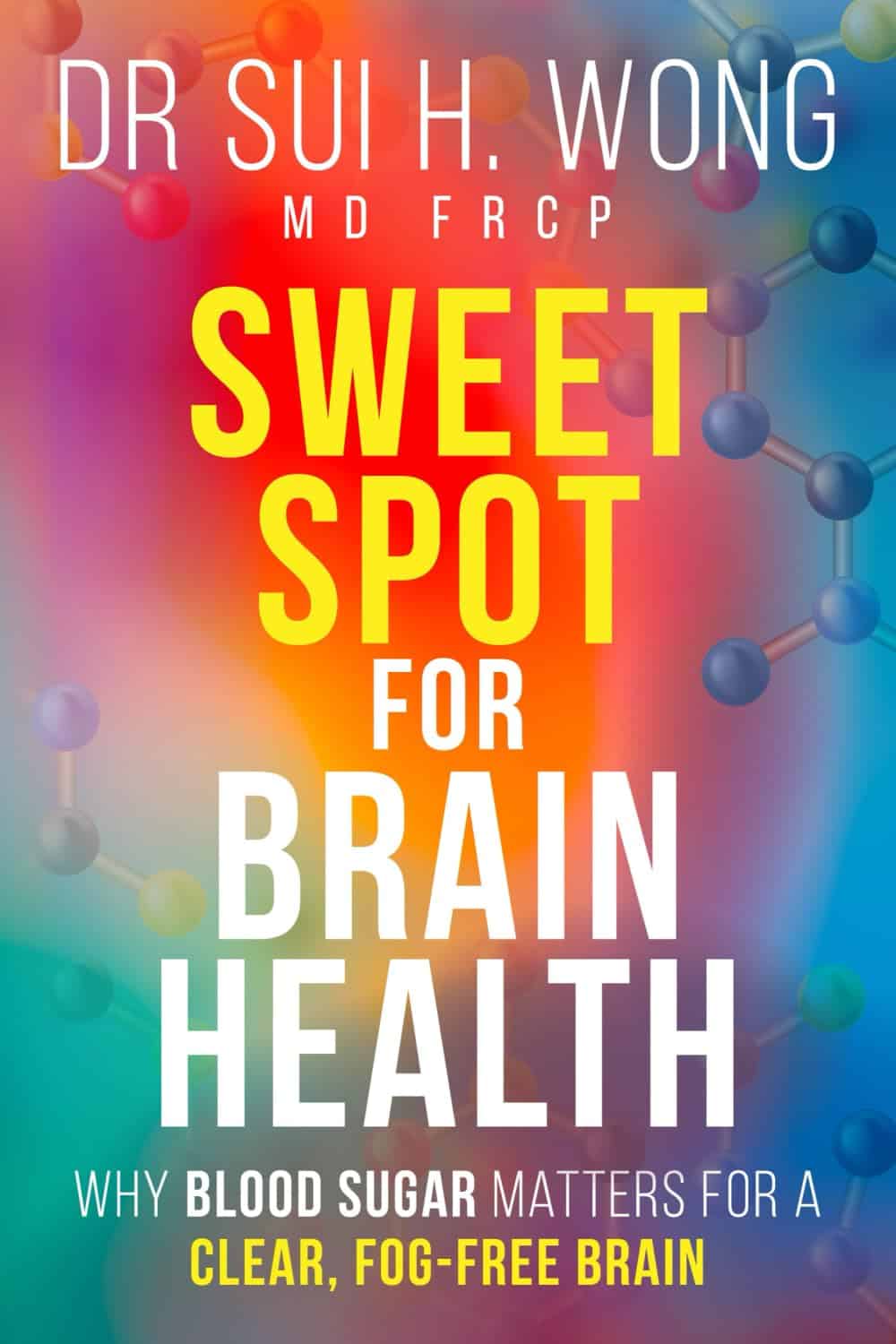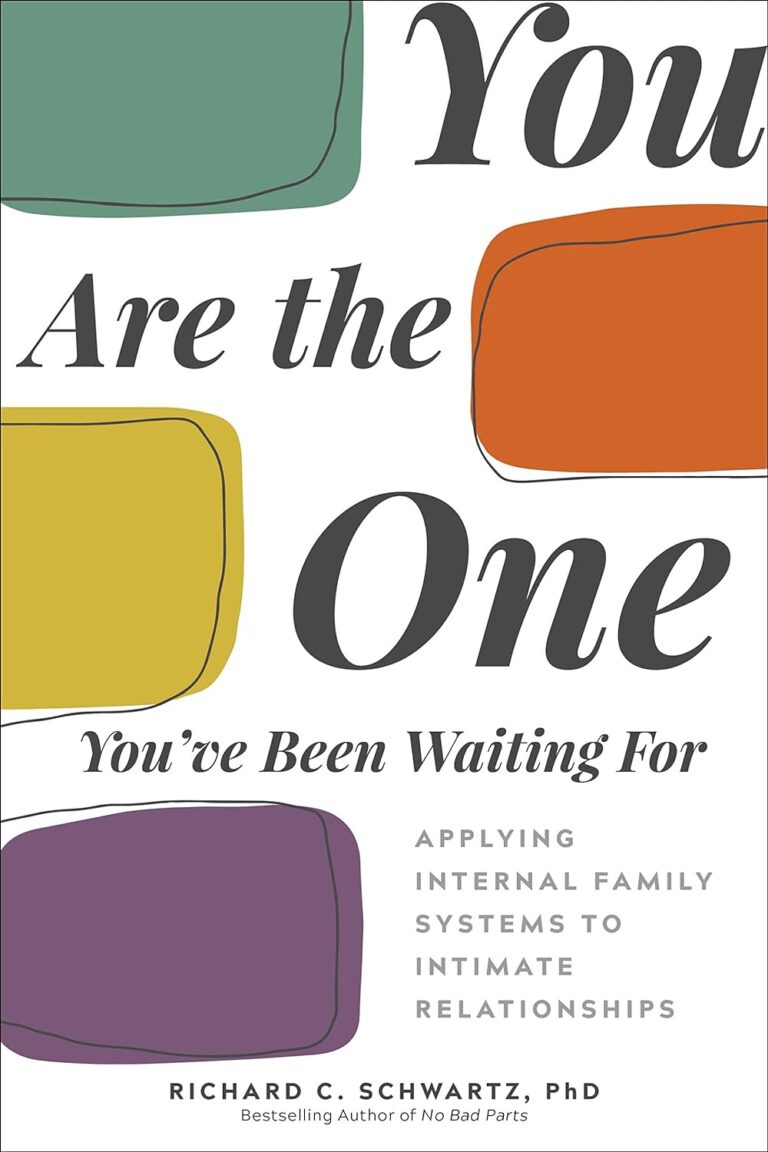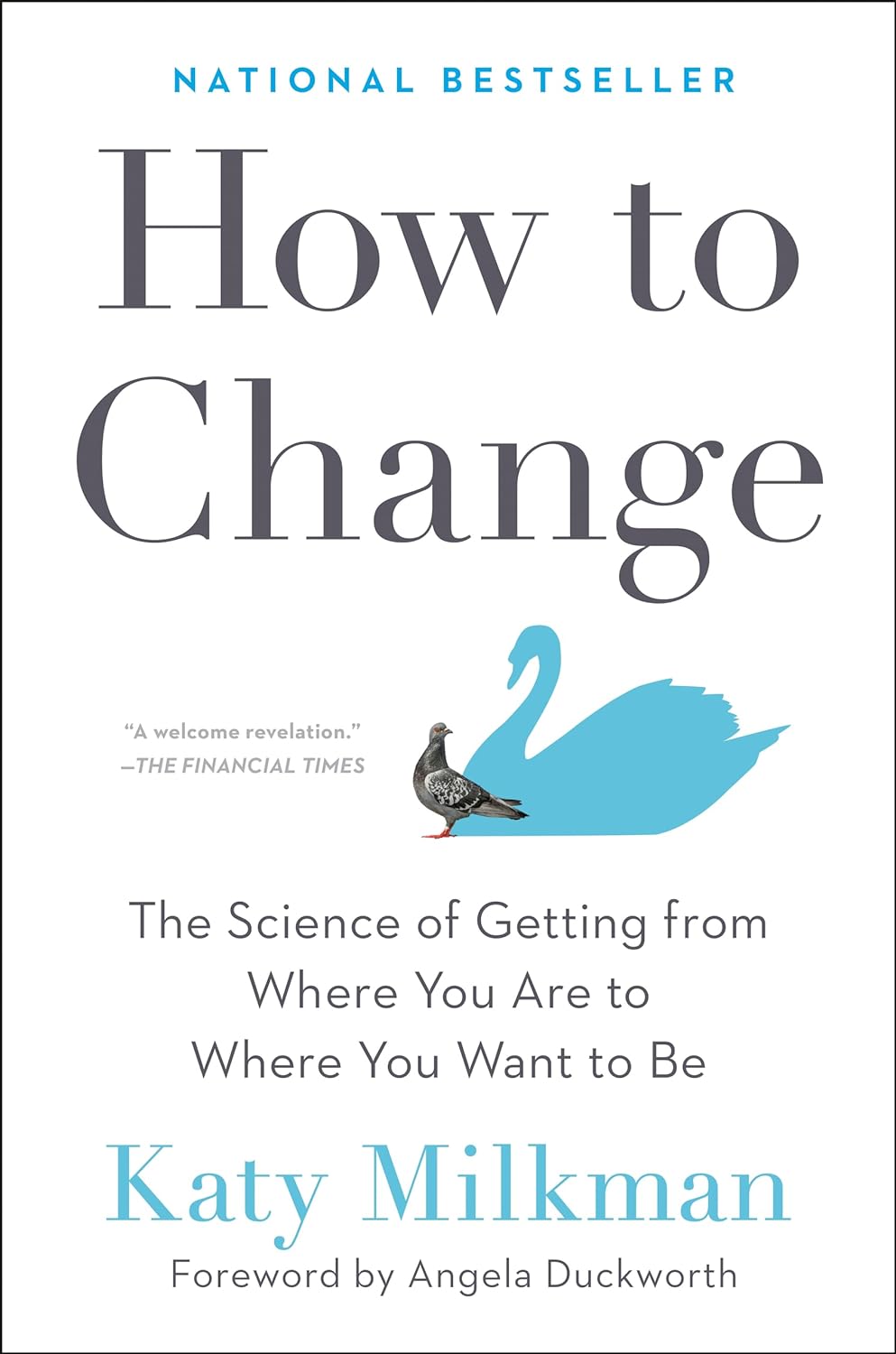
Sweet Spot for Brain Health – by Dr. Sui Wong
10almonds is reader-supported. We may, at no cost to you, receive a portion of sales if you purchase a product through a link in this article.
At 10almonds we often mention that “what’s good for the heart is good for the brain”, but at least in part, it’s because (as this book makes very clear), “what’s good for the blood is good for the brain”. After all, our brain uses about 25% of our energy, and that energy is delivered there by the blood. And if it doesn’t get enough nutrients, oxygen, etc, and detritus isn’t taken away, then problems happen.
Dr. Wong discusses Alzheimer’s as heavily driven by metabolic problems such as diabetes and even pre-diabetes, and sets out to put in our hands the guidebook to not only not doing that, but also, actually making sure our brain gets proper nourishment without delivering that as intermittent sugar spikes because we opted for a something with very fast-acting carbs to perk us up energetically.
More than most books on the topic, she talks a lot about the neurobiology of glucose metabolism, so that’s something that really sets this book apart from many of its genre.
The style is narrative, explaining the body’s processes in a clear fashion, without skimping on science. There are definitely words that your average layperson might not know, but they’re explained as we go, and there are frequent recaps of what we learned previously, making for ultimately easy reading.
After all the information is given, there’s also a guided “12-week challenge” with a theme-of-the-week for each week, to integrate a new lifestyle adjustment each week in a progressive fashion so that without needing to drastically change many things at once, we get where we need to be in terms of healthy habits.
Bottom line: if you’d like to do right by your brain and while you’re at it say goodbye to blood sugar highs and lows, then this book is an excellent guide for that.
Click here to check out Sweet Spot For Brain Health, and enjoy a consistently-energized brain!
Don’t Forget…
Did you arrive here from our newsletter? Don’t forget to return to the email to continue learning!
Recommended
Learn to Age Gracefully
Join the 98k+ American women taking control of their health & aging with our 100% free (and fun!) daily emails:
-
Celery vs Rhubarb – Which is Healthier?
10almonds is reader-supported. We may, at no cost to you, receive a portion of sales if you purchase a product through a link in this article.
Our Verdict
When comparing celery to rhubarb, we picked the rhubarb.
Why?
In terms of macros, rhubarb has more carbs and fiber, the ratio of which give it the lower glycemic index, though both are low glycemic index foods. This means this category is a very marginal win for rhubarb.
When it comes to vitamins, rhubarb has more vitamin C, while celery has more of vitamins A, B5, B6, and B9. A win for celery, this time.
In the category of minerals, rhubarb has more calcium, iron, magnesium, manganese, potassium, and selenium, while celery has more copper and phosphorus. This one’s a win for rhubarb.
Let’s give a quick nod also to polyphenols; rhubarb has more by overall quantity, and more in terms of “more useful to humans” too, being rich in an assortment of flavanols while celery must make do with some furanocoumarins.
In short, enjoy either or both, but nutritional density is a great reason to get some rhubarb in!
Want to learn more?
You might like to read:
What’s Your Plant Diversity Score?
Take care!
Share This Post
-
How anti-vaccine figures abuse data to trick you
10almonds is reader-supported. We may, at no cost to you, receive a portion of sales if you purchase a product through a link in this article.
The anti-vaccine movement is nearly as old as vaccines themselves. For as long as humans have sought to harness our immune system’s incredible ability to recognize and fight infectious invaders, critics and conspiracy theorists have opposed these efforts.
Anti-vaccine tactics have advanced since the early days of protesting “unnatural” smallpox inoculation, and the rampant abuse of scientific data may be the most effective strategy yet.
Here’s how vaccine opponents misuse data to deceive people, plus how you can avoid being manipulated.
Misappropriating raw and unverified safety data
Perhaps the oldest and most well-established anti-vaccine tactic is the abuse of data from the federal Vaccine Adverse Event Reporting System, or VAERS. The Centers for Disease Control and Prevention and the Food and Drug Administration maintain VAERS as a tool for researchers to detect early warning signs of potential vaccine side effects.
Anyone can submit a VAERS report about any symptom experienced at any point after vaccination. That does not mean that these symptoms are vaccine side effects.
VAERS was not designed to determine if a specific vaccine caused a specific adverse event. But for decades, vaccine opponents have misinterpreted, misrepresented, and manipulated VAERS data to convince people that vaccines are dangerous.
Anyone relying on VAERS to draw conclusions about vaccine safety is probably trying to trick you. It isn’t possible to determine from VAERS data alone if a vaccine caused a specific health condition.
VAERS isn’t the only federal data that vaccine opponents abuse. Originally created for COVID-19 vaccines, V-safe is a vaccine safety monitoring system that allows users to report—via text message surveys—how they feel and any health issues they experience up to a year after vaccination. Anti-vaccine groups have misrepresented data in the system, which tracks all health experiences, whether or not they are vaccine-related.
The U.S. Department of Defense’s Defense Medical Epidemiology Database (DMED) has also become a target of anti-vaccine misinformation. Vaccine opponents have falsely claimed that DMED data reveals massive spikes in strokes, heart attacks, HIV, cancer, and blood clots among military service members since the COVID-19 vaccine rollout. The spike was due to an updated policy that corrected underreporting in the previous years
Misrepresenting legitimate studies
A common tactic vaccine opponents use is misrepresenting data from legitimate sources such as national health databases and peer-reviewed studies. For example, COVID-19 vaccines have repeatedly been blamed for rising cancer and heart attack rates, based on data that predates the pandemic by decades.
A prime example of this strategy is a preliminary FDA study that detected a slight increase in stroke risk in older adults after a high-dose flu vaccine alone or in combination with the bivalent COVID-19 vaccine. The study found no “increased risk of stroke following administration of the COVID-19 bivalent vaccines.”
Yet vaccine opponents used the study to falsely claim that COVID-19 vaccines were uniquely harmful, despite the data indicating that the increased risk was almost certainly driven by the high-dose flu vaccine. The final peer-reviewed study confirmed that there was no elevated stroke risk following COVID-19 vaccination. But the false narrative that COVID-19 vaccines cause strokes persists.
Similarly, the largest COVID-19 vaccine safety study to date confirmed the extreme rarity of a few previously identified risks. For weeks, vaccine opponents overstated these rare risks and falsely claimed that the study proves that COVID-19 vaccines are unsafe.
Citing preprint and retracted studies
When a study has been retracted, it is no longer considered a credible source. A study’s retraction doesn’t deter vaccine opponents from promoting it—it may even be an incentive because retracted papers can be held up as examples of the medical establishment censoring so-called “truthtellers.” For example, anti-vaccine groups still herald Andrew Wakefield nearly 15 years after his study falsely linking the measles, mumps, and rubella (MMR) vaccine to autism was retracted for data fraud.
The COVID-19 pandemic brought the lasting impact of retracted studies into sharp focus. The rush to understand a novel disease that was infecting millions brought a wave of scientific publications, some more legitimate than others.
Over time, the weaker studies were reassessed and retracted, but their damage lingers. A 2023 study found that retracted and withdrawn COVID-19 studies were cited significantly more frequently than valid published COVID-19 studies in the same journals.
In one example, a widely cited abstract that found that ivermectin—an antiparasitic drug proven to not treat COVID-19—dramatically reduced mortality in COVID-19 patients exemplifies this phenomenon. The abstract, which was never peer reviewed, was retracted at the request of its authors, who felt the study’s evidence was weak and was being misrepresented.
Despite this, the study—along with the many other retracted ivermectin studies—remains a touchstone for proponents of the drug that has shown no effectiveness against COVID-19.
In a more recent example, a group of COVID-19 vaccine opponents uploaded a paper to The Lancet’s preprint server, a repository for papers that have not yet been peer reviewed or published by the prestigious journal. The paper claimed to have analyzed 325 deaths after COVID-19 vaccination, finding COVID-19 vaccines were linked to 74 percent of the deaths.
The paper was promptly removed because its conclusions were unsupported, leading vaccine opponents to cry censorship.
Applying animal research to humans
Animals are vital to medical research, allowing scientists to better understand diseases that affect humans and develop and screen potential treatments before they are tested in humans. Animal research is a starting point that should never be generalized to humans, but vaccine opponents do just that.
Several animal studies are frequently cited to support the claim that mRNA COVID-19 vaccines are dangerous during pregnancy. These studies found that pregnant rats had adverse reactions to the COVID-19 vaccines. The results are unsurprising given that they were injected with doses equal to or many times larger than the dose given to humans rather than a dose that is proportional to the animal’s size.
Similarly, a German study on rat heart cells found abnormalities after exposure to mRNA COVID-19 vaccines. Vaccine opponents falsely insinuated that this study proves COVID-19 vaccines cause heart damage in humans and was so universally misrepresented that the study’s author felt compelled to dispute the claims.
The author noted that the study used vaccine doses significantly higher than those administered to humans and was conducted in cultured rat cells, a dramatically different environment than a functioning human heart.
How to avoid being misled
The internet has empowered vaccine opponents to spread false information with an efficiency and expediency that was previously impossible. Anti-vaccine narratives have advanced rapidly due to the rampant exploitation of valid sources and the promotion of unvetted, non-credible sources.
You can avoid being tricked by using multiple trusted sources to verify claims that you encounter online. Some examples of credible sources are reputable public health entities like the CDC and World Health Organization, personal health care providers, and peer-reviewed research from experts in fields relevant to COVID-19 and the pandemic.
Read more about anti-vaccine tactics:
- How vaccine opponents spread misinformation
- How misinformation tricks our brains
- How vaccine opponents use kids to spread misinformation
This article first appeared on Public Good News and is republished here under a Creative Commons license.
Share This Post
-
Nature Valley Protein Granola vs Kellog’s All-Bran – Which is Healthier?
10almonds is reader-supported. We may, at no cost to you, receive a portion of sales if you purchase a product through a link in this article.
Our Verdict
When comparing Nature Valley Protein Granola to Kellog’s All-Bran, we picked the All-Bran.
Why?
While the Protein Granola indeed contains more protein (13g/cup, compared to 5g/cup), it also contains three times as much sugar (18g/cup, compared to 9g/cup) and only ⅓ as much fiber (4g/cup, compared to 12g/cup)
Given that fiber is what helps our bodies to absorb sugar more gently (resulting in fewer spikes), this is extremely important, especially since 18g of sugar in one cup of Protein Granola is already most of the recommended daily allowance, all at once!
For reference: the AHA recommends no more than 25g added sugar for women, or 32g for men
Hence, we went for the option with 3x as much fiber and ⅓ of the sugar, the All-Bran.
For more about keeping blood sugars stable, see:
10 Ways To Balance Blood Sugars
Enjoy!
Share This Post
Related Posts
-
Best morning routine?
10almonds is reader-supported. We may, at no cost to you, receive a portion of sales if you purchase a product through a link in this article.
You’ve Got Questions? We’ve Got Answers!
Q: Best morning routine?
A: The best morning routine is whatever makes you feel most ready to take on your day!
This one’s going to vary a lot—one person’s morning run could be another person’s morning coffee and newspaper, for example.
In a nutshell, though, ask yourself these questions:
- How long does it take me to fully wake up in the morning, and what helps or hinders that?
- When I get out of bed, what do I really need before I can take on my day?
- If I could have the perfect morning, what would it look like?
- What can evening me do, to look after morning me’s best interests? (Semi-prepare breakfast ready? Lay out clothes ready? Running shoes? To-Do list?)
Don’t Forget…
Did you arrive here from our newsletter? Don’t forget to return to the email to continue learning!
Learn to Age Gracefully
Join the 98k+ American women taking control of their health & aging with our 100% free (and fun!) daily emails:
-
How to Change – by Katy Milkman
10almonds is reader-supported. We may, at no cost to you, receive a portion of sales if you purchase a product through a link in this article.
Sometimes it seems that we know everything we should be doing… We have systems and goals and principles, we know about the importance of habits, and we do our best to live them. Yet, somehow, life has other plans for us and things don’t quite come together they way they did in our genius masterplan.
So, what happened? And more importantly, what are we supposed to do about this? Katy Milkman has answers, right from the start.
Sometimes, it can be as simple as when we try to implement a change. It’s not that there’s a “wrong time” for a good change, so much that there are times that are much more likely to succeed than others… and those times can be identified and used.
Sometimes we’re falling prey to vices—which she explains how to overcome—such as:
- Impulsivity
- Procrastination
- Forgetfulness
- Laziness
We also learn some counterintuitive truths about what can boost or sabotage our confidence along the way!
Milkman writes in a compelling, almost narrative style, that makes for very easy reading. The key ideas, built up to by little (ostensibly true) stories and then revealed, become both clear and memorable. Most importantly, applicable.
Bottom line: this is a great troubleshooting guide for when you know how everything should be working, but somehow, it just doesn’t—and you’d like to fix that.
Click here to check out “How To Change” on Amazon, and get those changes rolling!
Don’t Forget…
Did you arrive here from our newsletter? Don’t forget to return to the email to continue learning!
Learn to Age Gracefully
Join the 98k+ American women taking control of their health & aging with our 100% free (and fun!) daily emails:
-
Why Psyllium Is Healthy Through-And-Through
10almonds is reader-supported. We may, at no cost to you, receive a portion of sales if you purchase a product through a link in this article.
Psyllium is the powder of the husk of the seed of the plant Plantago ovata.
It can be taken as a supplement, and/or used in cooking.
What’s special about it?
It is fibrous, and the fiber is largely soluble fiber. It’s a “bulk-forming laxative”, which means that (dosed correctly) it is good against both constipation (because it’s a laxative) and diarrhea (because it’s bulk-forming).
See also, because this is Research Review Monday and we provide papers for everything:
In other words, it will tend things towards being a 3 or 4 on the Bristol Stool Scale ← this is not pretty, but it is informative.
Before the bowels
Because of how it increases the viscosity of substances it finds itself in, psyllium slows stomach-emptying, and thus improves feelings of satiety.
Here’s a study in which taking psyllium before breakfast and lunch resulted in increased satiety between meals, and reduction in food-related cravings:
Satiety effects of psyllium in healthy volunteers
Prebiotic benefits
We can’t digest psyllium, but our gut bacteria can—somewhat! Because they can only digest some of the psyllium fibers, that means the rest will have the stool-softening effect, while we also get the usual in-gut benefits from prebiotic fiber first too:
The Effect of Psyllium Husk on Intestinal Microbiota in Constipated Patients and Healthy Controls
Cholesterol-binding
Psyllium can bind to cholesterol during the digestive process. Why only “can”? Well, if you don’t consume cholesterol (for example, if you are vegan), then there won’t be cholesterol in the digestive tract to bind to (yes, we do need some cholesterol to live, but like most animals, we can synthesize it ourselves).
What this cholesterol-binding action means is that the dietary cholesterol thus bound cannot enter the bloodstream, and is simply excreted instead:
Heart health beyond cholesterol
Psyllium supplementation can also help lower high blood pressure but does not significantly lower already-healthy blood pressure, so it can be particularly good for keeping things in safe ranges:
❝Given the overarching benefits and lack of reported side effects, particularly for hypertensive patients, health care providers and clinicians should consider the use of psyllium supplementation for the treatment or abatement of hypertension, or hypertensive symptoms.❞
Read in full: The effect of psyllium supplementation on blood pressure: a systematic review and meta-analysis of randomized controlled trials ← you can see the concrete numbers here
Is it safe?
Psyllium is first and foremost a foodstuff, and is considered very safe unless you have an allergy (which is rare, but possible).
However, it is still recommended to start at a low dose and work up, because anything that changes your gut microbiota, even if it changes it for the better, will be easiest if done slowly (or else, you will hear about it from your gut).
Want to try some?
We don’t sell it, but here for your convenience is an example product on Amazon
Enjoy!
Don’t Forget…
Did you arrive here from our newsletter? Don’t forget to return to the email to continue learning!
Learn to Age Gracefully
Join the 98k+ American women taking control of their health & aging with our 100% free (and fun!) daily emails:







